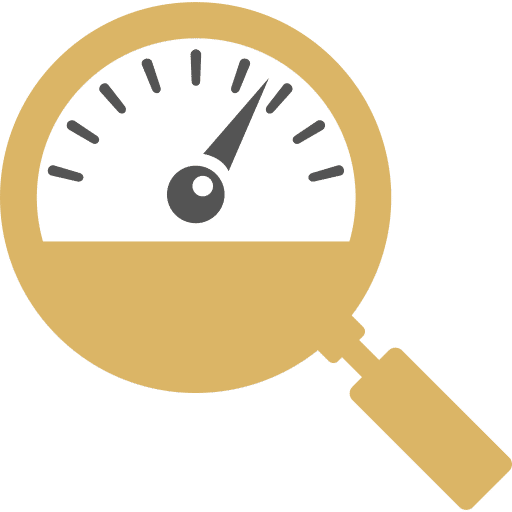A Business Owner's Guide to XML Sitemaps for SEO Enhancement
Why SEO and Sitemaps Matter for Your Business
In the digital age, having a website is crucial for any business. But it’s not just about having a site; it’s about making sure people can find it. That’s where Search Engine Optimization (SEO) comes in. SEO is the art of making your website more visible to search engines like Google. One of the foundational tools in this art is the XML sitemap.
XML Sitemap: Your Website's Roadmap
The Nuts and Bolts of XML Sitemaps
Here are some essential components of XML sitemaps that you should know:- Loc (Location) Tag: Think of this as the exact address of each store in your mall. It’s the specific URL of each page on your site.
- Lastmod (Last Modified) Tag: This tells search engines when you last updated a page. It’s like letting visitors know about the newest stores or offers in your mall.
- Priority Tag: While not always necessary, this tag can hint at which pages you believe are the most important. It’s like highlighting flagship stores in your mall directory.
Different Types of Directories (Sitemaps)
Just as malls might have different directories for restaurants, shops, and entertainment zones, websites can have various sitemaps:- XML Sitemap Index: If your website is vast, like a mega-mall, you might need multiple sitemaps. This index is a master list combining all those sitemaps.
- XML Image and Video Sitemaps: If your business relies heavily on visual content, these sitemaps ensure that search engines recognize and index your images and videos.
- Dynamic XML Sitemap: As your business grows and changes, so will your website. A dynamic sitemap automatically updates when you add or modify pages.
Making the Most of Your Sitemap
For business owners, the goal is clear: attract more customers. In the digital realm, this means driving more traffic to your website. Here’s how to optimize your sitemap for better results:
- Only Include Important Pages: Not every page on your website might be relevant for your customers. Ensure your sitemap only lists pages that add value to your visitors.
- Stay Updated: Regularly check tools like Google Search Console to ensure there are no errors in your sitemap. This ensures search engines can easily navigate your site.
- Use a Sitemap Index: If your business website has grown significantly, consider using a sitemap index to organize multiple sitemaps.
Conclusion
In conclusion, think of technical SEO and XML sitemaps as the behind-the-scenes work that makes your business shine online. Just as you’d invest in a good location and signage for a physical store, investing time in understanding and optimizing your sitemap can pay dividends in attracting more visitors to your website.
Ready to Supercharge Your Business?
Navigating the digital landscape can be tricky, but you don’t have to do it alone. At iias.ca, we’re experts in ranking you higher on Google and turning clicks into customers. If you’re serious about boosting your business and getting more leads through Google, let’s make it happen together.
Don’t just be online; dominate online.
Reach out to us now and let’s transform your digital presence!
More SEO information













